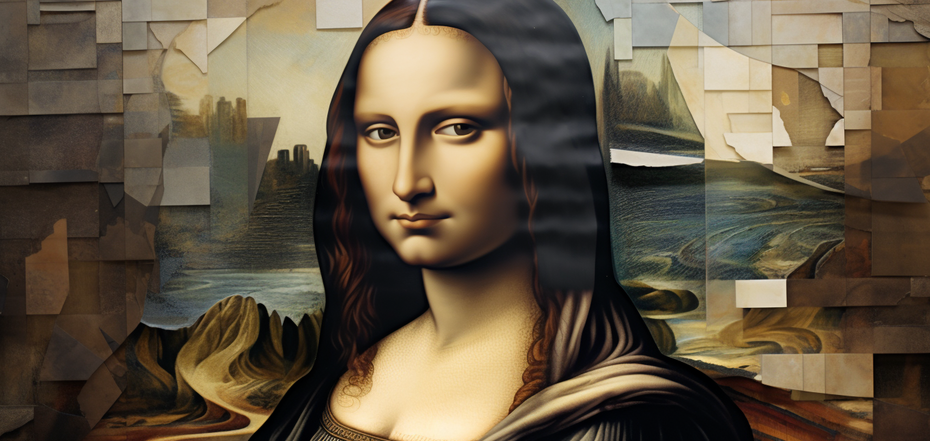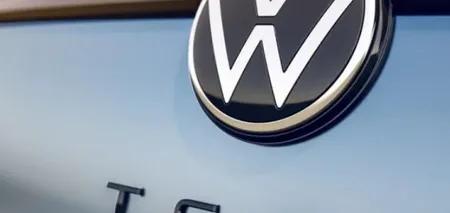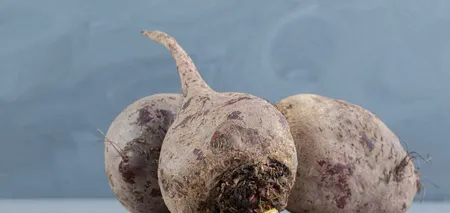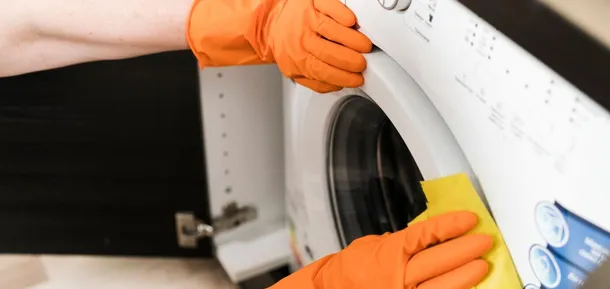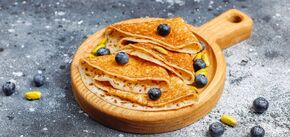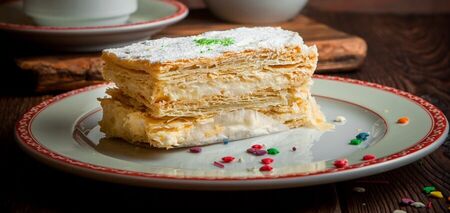News
Another secret of the Mona Lisa revealed: scientists learn about da Vinci's experiment
Despite the fact that the famous Mona Lisa by the Italian genius Leonardo da Vinci is more than 700 years old, the painting still reveals its secrets to researchers. Recently, a new X-ray analysis of the masterpiece showed that the artist painted it on an experimental base layer, poetically called "honey gold."
According to the Mail Online, a method called synchrotron X-ray diffraction helped to reveal this. With its help, the researchers were able to examine the molecular structure of a tiny particle of a layer of paint taken from the iconic painting. And beneath the surface of the painting, they found traces of a base coat that was probably something new for that era. It consisted of orange lead oxide powder mixed with oil, probably linseed or walnut oil. The particles of the substance were found directly above the poplar board on which the portrait was painted.
The substance called plumbonacrit was widely used by Dutch artists in their works as early as the 17th century. In particular, Rembrandt used it. Nowadays, it is used by automakers to brighten up red and orange sports cars.
According to the researchers, the experiments with painting materials were quite in the spirit of da Vinci. Each of his paintings is technically completely different from the others. "It is interesting to see that there is indeed a special technology for processing the first layer of the Mona Lisa," said Victor Gonzalez, a chemist at France's main research center, the National Center for Scientific Research (CNRS), who was the lead author of the new study of the painting. Gonzalez has previously worked on paintings by Rembrandt and other artists. He and his colleagues published the results of their research in the Journal of the American Chemical Society.
Scientists believe that Leonardo used a lead-based product to thicken and dry the paint faster when he began his work on the Mona Lisa. This allows them to assume that the inventive artist was in a particularly persistent search for innovative means and methods when he was working on the masterpiece that became his calling card.
To make this discovery, the scientists removed a fragment of paint from the upper right part of the painting, no larger than the diameter of a human hair. The scientists studied its atomic structure using X-rays in a synchrotron. This allowed them to better understand the chemical composition of the paint and other materials used by da Vinci. For the first time, they were able to confirm the assumption that the artist could have used plumbonacrylate to create his paintings. It is believed that Leonardo dissolved orange lead oxide powder in linseed or walnut oil and heated the mixture until he got a thick paste capable of drying quickly. The product produced in this way has a beautiful golden color and a consistency similar to honey.
Earlier, OBOZ.UA told about the secrets of such paintings as "Mona Lisa" and "The Last Supper" by da Vinci, "Girl with a Pearl Earring" by Vermeer and other masterpieces of painting.
Subscribe to OBOZ.UA channels onTelegram and Viber to keep up with the latest events.


